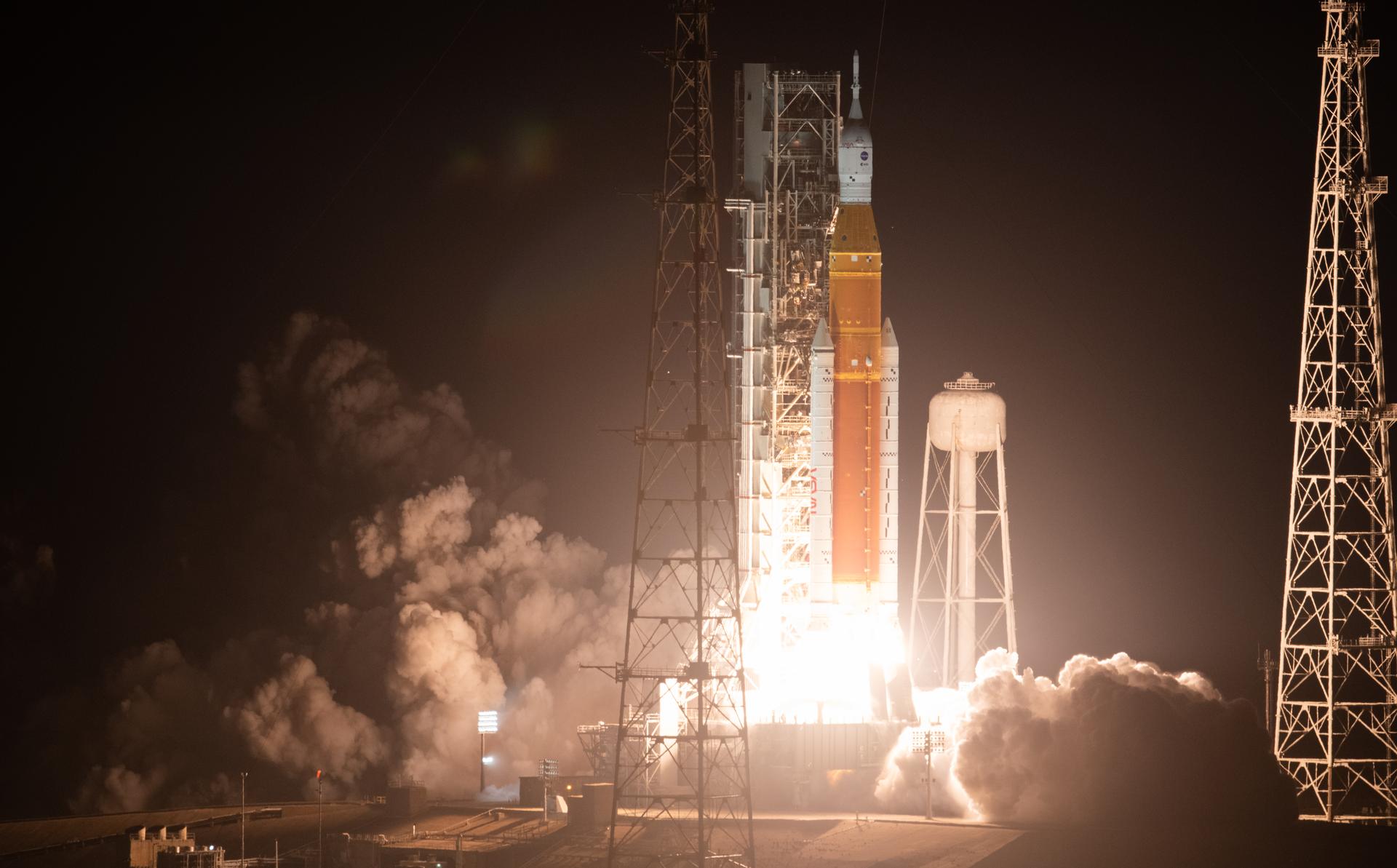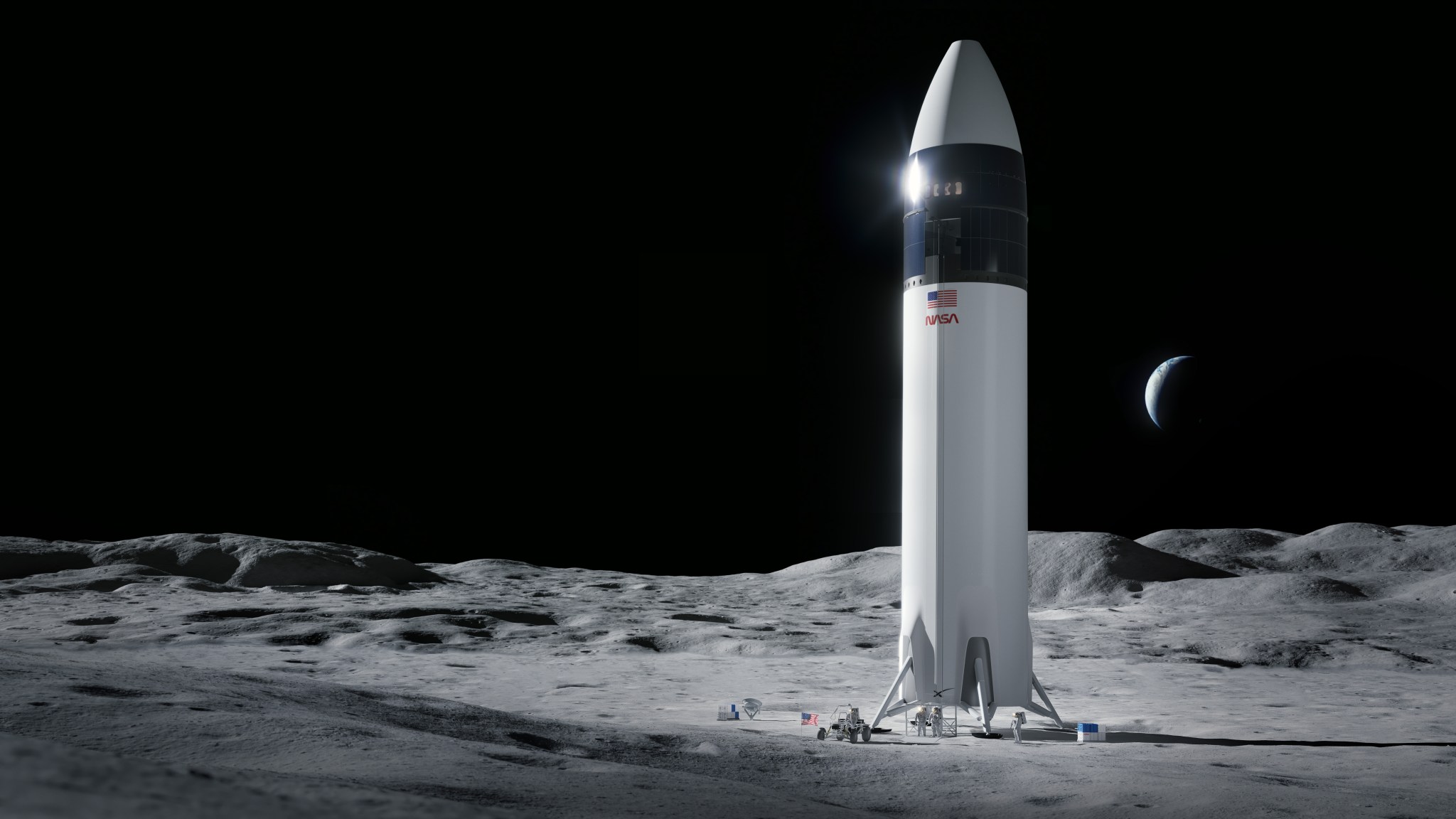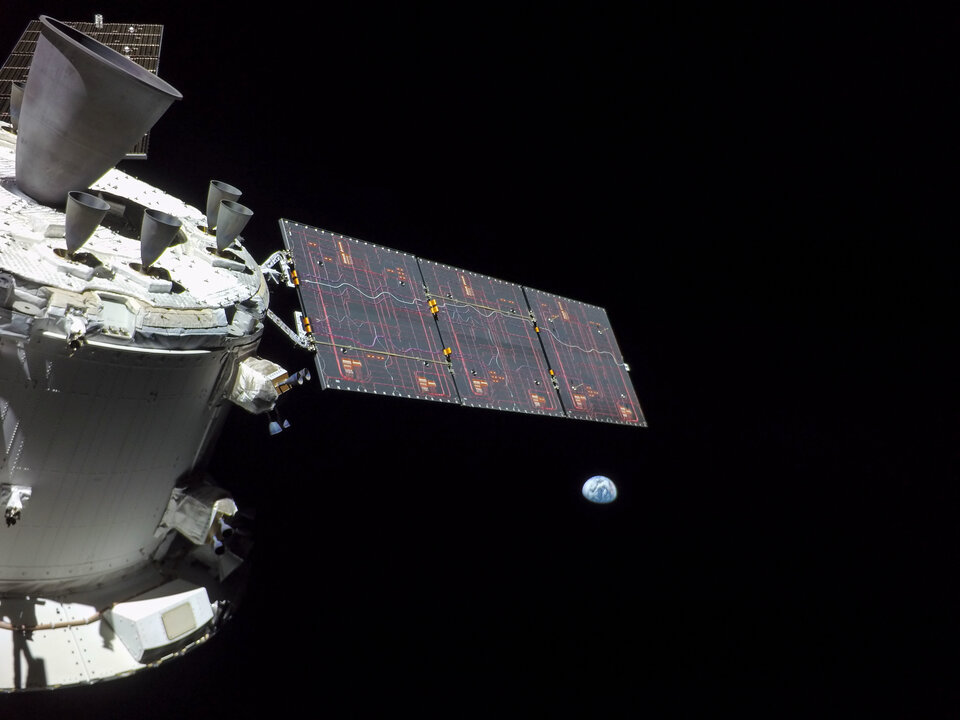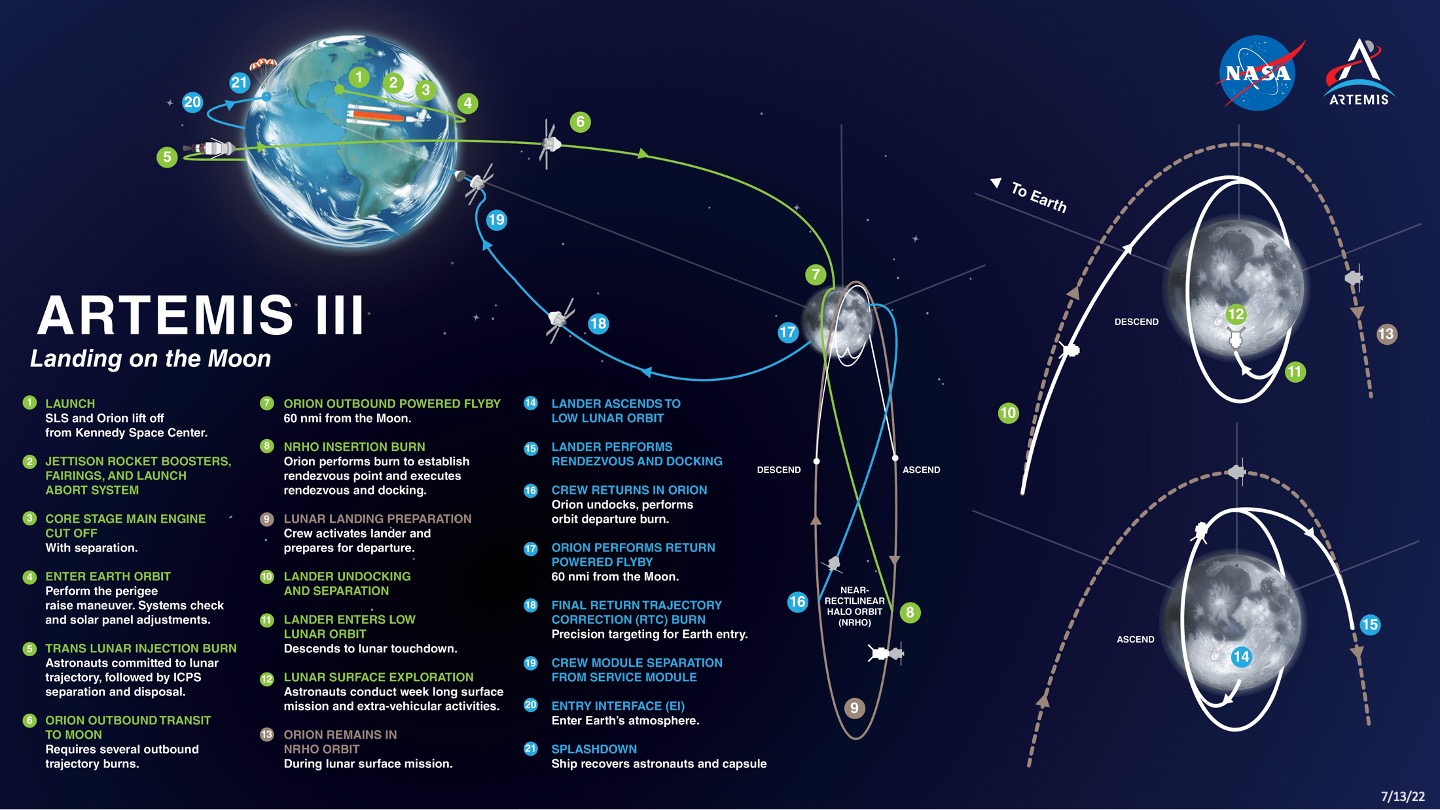- NASA’s Artemis III lunar landing mission is tentatively scheduled for 2026.
- The mission will involve a complex operation with astronauts transferring between the Orion space capsule and SpaceX’s Starship HLS lunar lander.
- Here is a step-by-step breakdown of the Artemis III mission, which will send the first astronauts to the Moon in over 50 years.
NASA recently announced a delay to its Artemis III lunar landing mission.
This was partly down to delays in the development of SpaceX’s Starship rocket. A modified version of the world’s most powerful rocket, Starship HLS, will carry the first astronauts to the Moon since Apollo 17 in 1972.
SpaceX’s latest Starship flight test, IFT-3, was a promising step in the right direction, though. The rocket reached orbital velocity, allowing it to fly around our planet.
Moreover, SpaceX performed a crucial propellant-transfer demonstration during IFT-3 that will help make Artemis III possible.
Seeing as we are one crucial step closer to sending humans back to the lunar surface, here is a step-by-step rundown of the Artemis III mission.
1. Liftoff aboard NASA’s SLS megarocket

The Artemis III crew – including the first woman and person of color to land on the Moon – won’t take off aboard Starship. Instead, they will fly to orbit aboard the Orion capsule, which will launch atop NASA’s Space Launch System (SLS).
The massive moon rocket, which flew the successful Artemis 1 mission in 2022, will carry the Orion spacecraft to orbit. It will take off from NASA’s Kennedy Space Center in Florida.
2. Orion flies the Artemis III crew to the Moon

The Artemis III crew will then travel aboard Orion for roughly four days before reaching the Moon. If all goes according to plan, the Artemis III crew will make history. They will be the first humans to set foot near the lunar south pole.
NASA and other big space powers aim to develop permanent bases on the Moon eventually. Scientists believe the lunar south pole contains abundant water ice in its shadowed craters, which can be extracted as a vital resource.
3. Uncrewed Starship HLS launches to the Moon
In 2021, NASA awarded SpaceX a $2.9 billion contract to develop a modified version of Starship as a lunar lander. The modified Starship is called the Starship Human Landing System (HLS).
Starship HLS won’t ever reenter Earth’s atmosphere, allowing SpaceX’s engineers to adjust their regular model. It won’t require a heat shield or flight control surfaces for reentry, allowing it to have a lower mass and carry more fuel.
4. Starship HLS refuels in orbit
The uncrewed Starship HLS will take off ahead of the crewed Orion spacecraft. It will launch to low Earth orbit, where it will refuel.
That’s where the recent propellant-transfer demonstration during IFT-3 comes into play. The technology demonstrated by that test will allow Starship to refuel using an orbital propellant depot.
It will then fly to the Moon, where it will position itself in a lunar orbit called a Near Rectilinear Halo Orbit (NRHO). In this stable lunar orbit, it will wait for the Orion spacecraft.
5. Orion’s rendezvous with Starship HLS
Things really start to get interesting when the Artemis III crew arrives on the Moon. Once Orion catches up with Starship HLS, the European Service Module, which is part of the Orion spacecraft, will keep the launch vehicle on target as it gradually docks with Starship.
6. Astronauts transfer to Starship
Once Orion is docked with the Starship, two of the four Artemis III astronauts will transfer to the Starship, and the lunar lander will then undock and begin descending to the lunar surface.
The two other astronauts will remain aboard Orion as it orbits the Moon. Due to the NRHO, Orion will fly away from the landing area and will not return for six days.
7. The Artemis III lunar landing

The two astronauts aboard Starship HLS will have six days to land, set up their base of operations, and explore the lunar south pole region. It will be the longest stay in history for any humans on the lunar surface.
The record for the longest an astronaut has spent on the Moon is 75 hours, and it was set during Apollo 17. The Apollo 17 astronauts used the Apollo Lunar Module as a base.
Starship has a much larger internal volume, meaning the astronauts will have spacious living quarters during their extended stay on the Moon.
8. Leaving the lunar surface
When their time is up, the two astronauts will launch off the Moon using HLS.
The Starship HLS is 50 meters tall and has a diameter of nine meters.
Its six Raptor engines can also generate 3.3 million pounds of thrust. The spacecraft will be able to carry a payload of 100 tons from the lunar surface.
9. Reuniting with Orion
Starship HLS will carry the two astronauts and their supplies and samples back to rendezvous with Orion.
When the four astronauts are reunited, they will have five days to move their supplies and samples from Starship to Orion.
10. Return to Earth

Finally, the astronauts will close the hatches and Orion will start the return journey to Earth. Orion will fly around the Moon, giving it a gravity assist to boost it on its way back to Earth.
When the astronauts finally get back to Earth after a roughly 30-day mission, 11 parachutes will slow the Orion capsule’s descent for a soft splashdown in the Pacific Ocean.

Though NASA has expressed some concerns over the development of Starship HLS in the past year, the massive rocket passed a key hurdle this month with the launch of IFT-3. When Starship is finally operational, NASA and SpaceX will be looking to establish a permanent presence on the Moon before moving on to Mars.
 SHOW COMMENT (1)
SHOW COMMENT (1)










